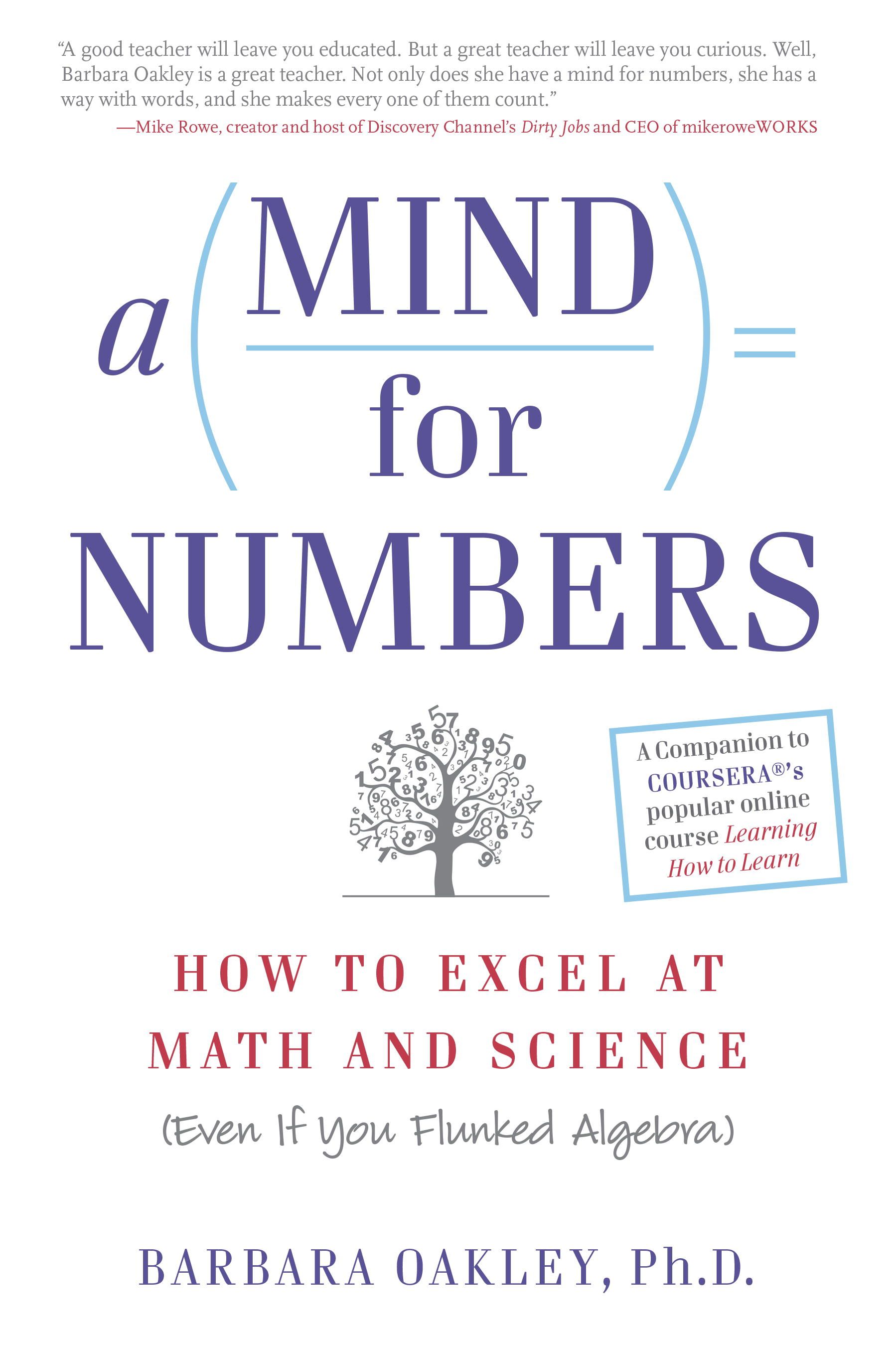Snippets about: Math
Scroll left and right !
Benford's Law: Detecting Patterns in Randomness
Benford's Law describes the frequency distribution of leading digits in many real-world sets of numerical data. Counterintuitively, in many naturally occurring collections of numbers, 1 appears as the leading significant digit about 30% of the time, while 9 appears only about 5% of the time. This principle has been applied to detect fraud in financial statements and other datasets where humans have fabricated numbers.
For instance, if the frequency of leading digits in a company's financial reports deviates significantly from Benford's Law, it might indicate manipulation of the numbers. However, it's important to note that not all datasets follow this law, such as assigned numbers like phone numbers or zip codes.
Understanding Benford's Law illustrates how seemingly random data can follow predictable patterns, and how these patterns can be leveraged for practical applications in fraud detection and data validation.
Section: 1, Chapter: 5
Book: The Drunkard's Walk
Author: Leonard Mlodinow
Optimism In The Face Of Uncertainty
A key insight from the multi-armed bandit problem is the power of "optimism in the face of uncertainty." That is, when choosing between options where some information is known and some unknown, optimism is the mathematically correct approach.
Suppose you walk into a casino and see two slot machines. The first, you're told, pays out 20% of the time. The second machine's payoff rate is unknown. Which should you choose?
Rationally, you should try the mystery machine. That's because it COULD pay out at >20%, in which case it's the better choice. But you'll only find out if you try it. Mathematically, the expected value of an unknown option is higher than a known suboptimal one.
So in life, when facing uncertainty, choose optimistically - assume the best of a new person, place, or experience. Optimism maximizes your chance of finding something great. Pessimism can lead to overlooking hidden gems.
Section: 1, Chapter: 2
Book: Algorithms to Live By
Author: Brian Christian
Why Silver Medalists Are A Lie
the 1800s, Lewis Carroll (of Alice in Wonderland fame) pointed out a flaw in single elimination tournaments, like those used in lawn tennis at the time. The problem is that the tournament format can only definitively determine 1st place. The person who loses in the finals could theoretically be the 2nd best player, but they could also be the 3rd, 4th, or worse. That's because they only lost to the eventual champion - if they had faced off against others, they may have lost those matchups.
As Carroll calculated, if player skills are evenly distributed, the odds that the 2nd and 3rd best players face off in the semi-finals is about 50/50. So awarding a silver medal to the finalist creates a lie half the time. The same is true of bronze medals determined by a 3rd place game. Single elimination formats simply don't provide enough information to rank anyone but the overall winner.
Section: 1, Chapter: 1
Book: Algorithms to Live By
Author: Brian Christian
The 37% Rule: When To Stop Looking And Commit
The 37% Rule provides guidance on the optimal time to stop searching and commit to a particular choice, whether you're looking for an apartment, hiring an employee, or finding a spouse. In short, look at your first 37% of options to establish a baseline, then commit to anything after that point which beats the best you've seen so far.
To be precise, the optimal proportion to look at before switching to "leap mode" is 1/e, or about 37%. So if you're searching for an apartment and have 30 days to do it, spend the first 11 days (37% of 30) exploring options, then on day 12 pick the next place that tops your current best.
This algorithm offers the best chance of finding the single best option, though it will still fail a majority of the time. But it shows the power of establishing a "good enough" baseline before jumping on something that exceeds it.
Section: 1, Chapter: 1
Book: Algorithms to Live By
Author: Brian Christian
Pascal's Contributions to Probability Theory
Blaise Pascal made significant contributions to probability theory in the 17th century. His work on the "problem of points" - how to fairly divide stakes in an interrupted game of chance - led to important developments in combinatorics and probability calculation. Pascal's triangle, a tool for calculating combinations, became a fundamental concept in probability theory. His work also laid the groundwork for expected value theory, which he applied to questions of faith in his famous "Pascal's Wager".
Section: 1, Chapter: 3
Book: The Drunkard's Walk
Author: Leonard Mlodinow
The Surprising Birthday Problem
The birthday problem illustrates the counterintuitive nature of probability. It asks how many people need to be in a room for there to be a 50% chance that at least two share a birthday. The surprising answer is just 23 people, far fewer than most people intuitively guess. This unexpected result arises because we're not looking for a specific shared birthday, but any match among the group.
The calculation involves considering the probability of no matches and subtracting from 1. This problem has practical applications in fields like cryptography, where it's used to understand collision probabilities in hashing algorithms. It serves as a powerful reminder that our intuition about probability can often be misleading, emphasizing the importance of rigorous mathematical analysis in probability problems.
Section: 1, Chapter: 4
Book: The Drunkard's Walk
Author: Leonard Mlodinow
Mandelbrot and The Geometry Of Nature's Roughness
Traditional Euclidean geometry deals with smooth, ideal shapes like lines, triangles, circles etc. However, the shapes seen in nature (mountains, coastlines, trees etc.) are rough and jagged.
Mandelbrot discovered fractal geometry to describe this roughness mathematically. Fractal shapes exhibit self-similarity - they look "the same" at different scales. Many natural and man-made phenomena exhibit fractal properties. Financial markets also display fractal behaviors, with similar patterns at different time scales
Section: 3, Chapter: 16
Book: The Black Swan
Author: Nassim Nicholas Taleb



